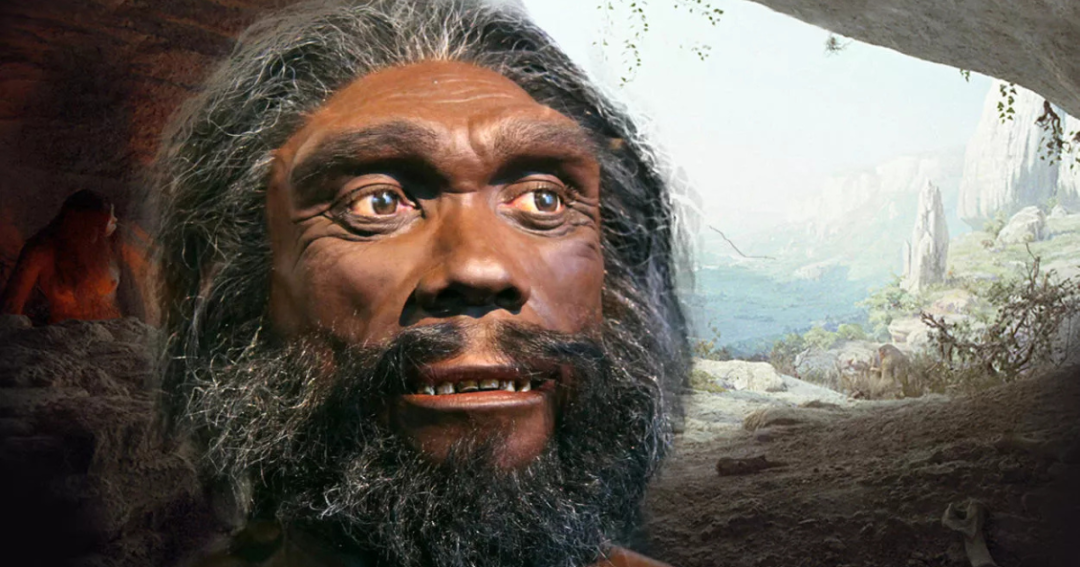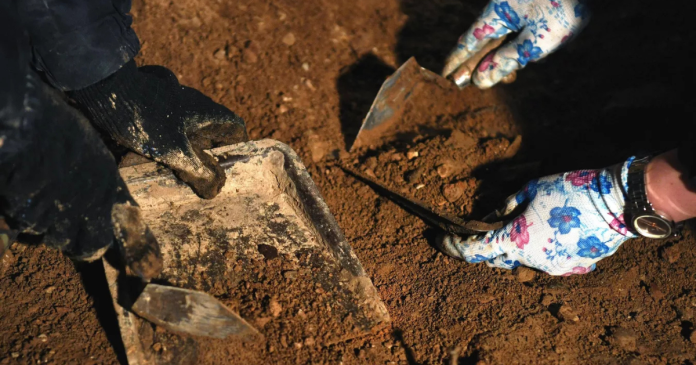A groundbreaking discovery is shaking up the field of human evolution. A team of scientists from the United States and China has reexamined ancient fossils, challenging what we thought we knew about our ancestors. Their research suggests the existence of a previously unknown human species—one that may even force a name change for one of history’s most elusive hominins. But as with any major scientific revelation, controversy looms.
A Fossilized Puzzle from the Past
In the 1970s, archaeologists in northern China uncovered an astonishing set of ancient human remains—21 fossilized specimens, including skull fragments, teeth, and jawbones. These belonged to 16 individuals who lived between 160,000 and 200,000 years ago. At the time, scientists believed these fossils were linked to the ancestors of modern humans. Back then, a widely accepted theory—called the multiregional hypothesis—suggested that Homo sapiens evolved independently in different parts of the world, explaining racial diversity. This idea resonated with Chinese nationalists, as it hinted at an ancient, independent lineage for their people. However, later research largely debunked this view.
Modern anthropology supports the theory that Homo sapiens originated in Africa before spreading across the globe. But they were not alone. Alongside our well-known Neanderthal cousins, other ancient human species roamed the Earth: Homo luzonensis, Homo longi, Homo naledi, and the diminutive Homo floresiensis. In the 2000s, a new hominin group—Denisovans—was identified from a single finger bone found in a Siberian cave in the Altai Mountains. A Denisovan jawbone was later unearthed on the Tibetan Plateau, but the species has never been given an official scientific name due to the scarcity of fossils. Now, that may be about to change.
A Giant Brain and a Bold Proposal
Enter Christopher Bae, an anthropologist from the University of Hawaiʻi at Mānoa, and his colleague Wu XiuJie from Beijing’s Institute of Vertebrate Paleontology and Paleoanthropology. The duo recently revisited the 1970s fossils, focusing on the Xujiayao remains. Their findings were striking.
By reconstructing skull fragments, they determined that these individuals belonged to a distinct species. The most astonishing feature? A massive brain. With a cranial capacity of 1,700–1,800 cubic centimeters—far exceeding the modern human average of 1,450—the species had one of the largest brains ever recorded among hominins.
Based on their findings, Bae and Wu proposed a new name: Homo juluensis—derived from the Chinese term ju lu, meaning “large head.” But their ambitions go further. They argue that teeth found at Xujiayao match those of the Tibetan Plateau Denisovan jawbone. If true, this would mean that Denisovans and Homo juluensis are actually the same species. Their goal? To replace the Russian-derived term “Denisovans” with their newly coined name, rewriting a chapter of human history.

A Scientific Power Struggle
Unsurprisingly, not everyone agrees. Ryan McRae, a paleoanthropologist at the Smithsonian National Museum of Natural History, remains skeptical.
“Their argument rests on skull shape, but we don’t have any other confirmed Denisovan skulls to compare,” McRae told U.S. media. “Since Denisovans are primarily identified through genetics, any classification must incorporate DNA evidence.”
Other researchers have also weighed in, proposing that Denisovans might instead belong to another group—Homo longi, also known as “Dragon Man,” whose remains were found in Harbin, China. However, genetic comparisons remain inconclusive, leaving the debate wide open.
The Race to Rewrite History
Bae and Wu anticipated pushback, but they remain confident. “By priority rules, since we’ve provided this name, these fossils should be classified as juluensis,” Bae asserted.
McRae concedes that whoever gathers enough evidence to define Denisovans as a distinct species will ultimately get to name them. But history is rarely rewritten without a fight. Much like the fossils themselves, the truth remains buried beneath layers of scientific rivalry, national pride, and political intrigue. And so, the battle for the past continues.

